Post childbirth
When a supplement or substitute for mother's milk is needed
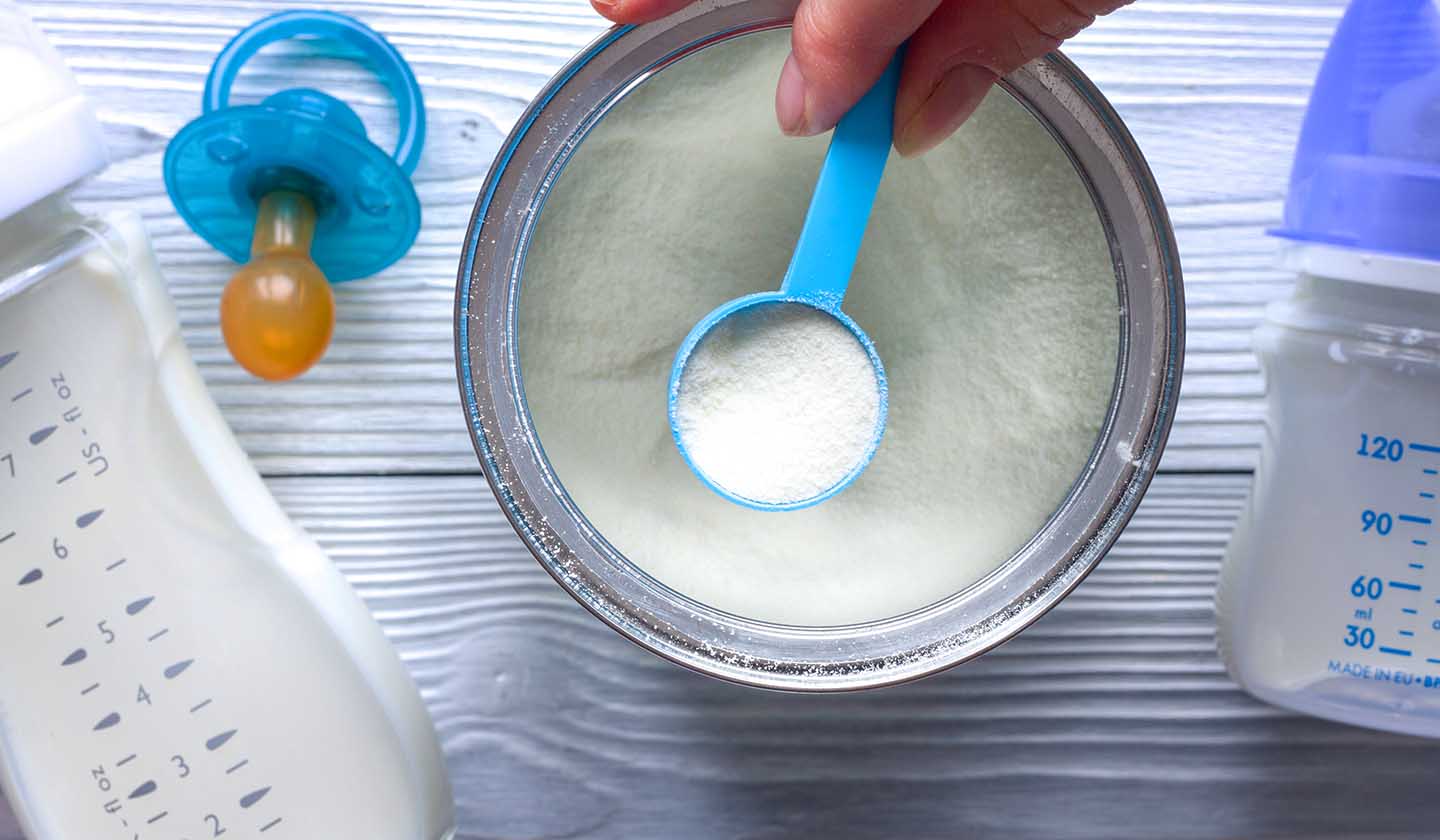
According to the World Health Organization (WHO) breastfeeding should be exclusive until 6 months of age. From the age of 6 months the diet starts to be varied, but must continue to be accompanied with breast milk until the age of two.
For health reasons the paediatrician may suggest an alternative diet to breast milk, as a complement or substitute for breastfeeding, to ensure the baby gets all the nutrients needed to promote a healthy growth. Breast milk substitutes are formula milks.
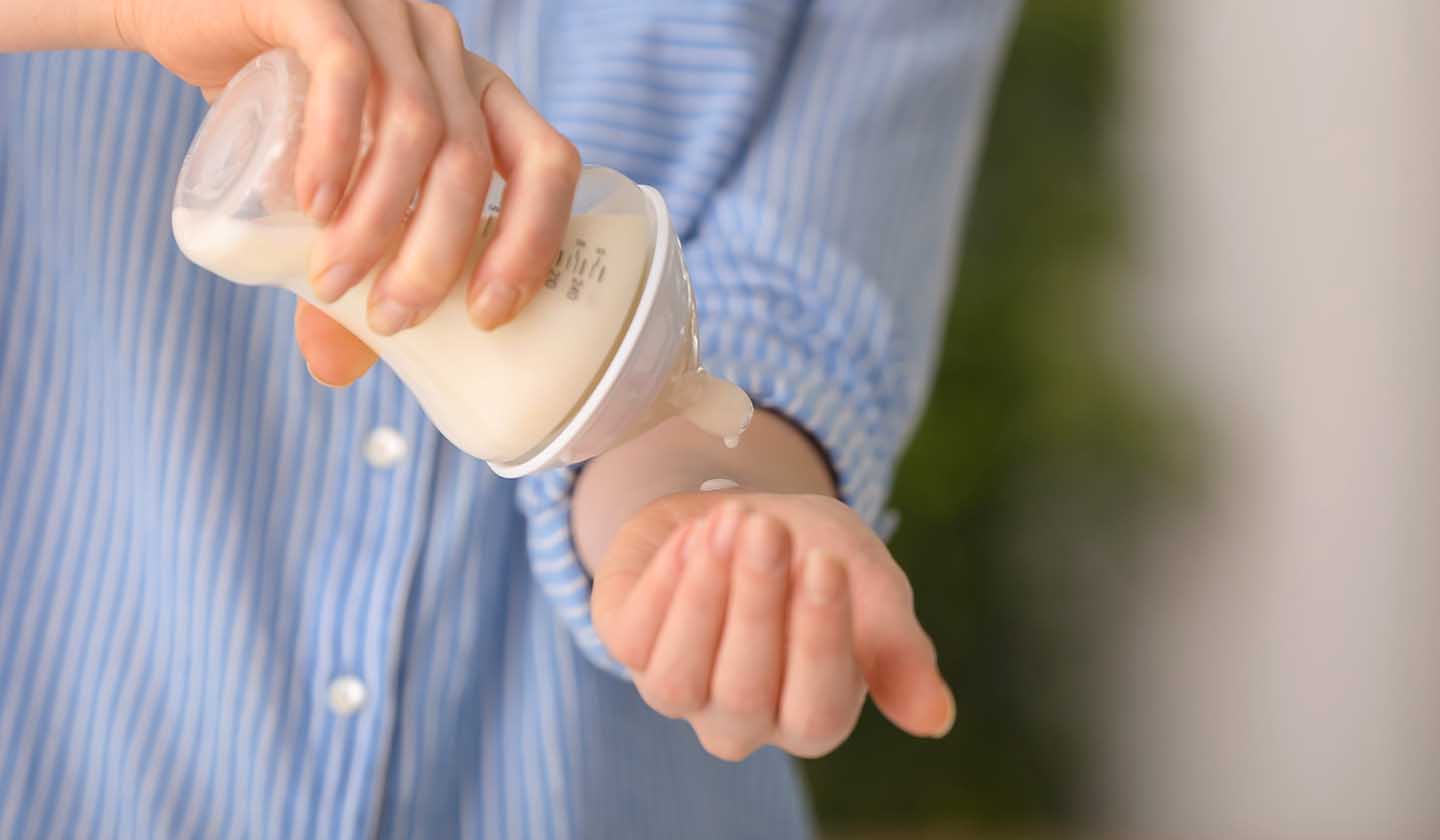
Formula milk
Formula milks are developed according to the baby's nutritional needs throughout the different stages of growth. Thus, there are milks suitable for each age of the baby.
Namely:
-
Milk 1 - first infant formula, also known as “first milk”, it is suitable for infants from birth up to 12 months;
-
Milk 2 - for babies from 6 months onwards, it is the so called follow up formula, used when solid foods (such as soups and porridge) start to be introduced;
-
Milk 3 - known as “growth milk”, this milk is adapted for babies from the age of 9/12 months;
-
Special formulas - used according to medical recommendation (include anti-reflux formulas with partially hydrolysed protein and formulas for premature babies);
-
“Functional” formulas - used in particular cases and for as little time as possible (include anti-constipation, anti-diarrhoea, anti-colic formula, among others).
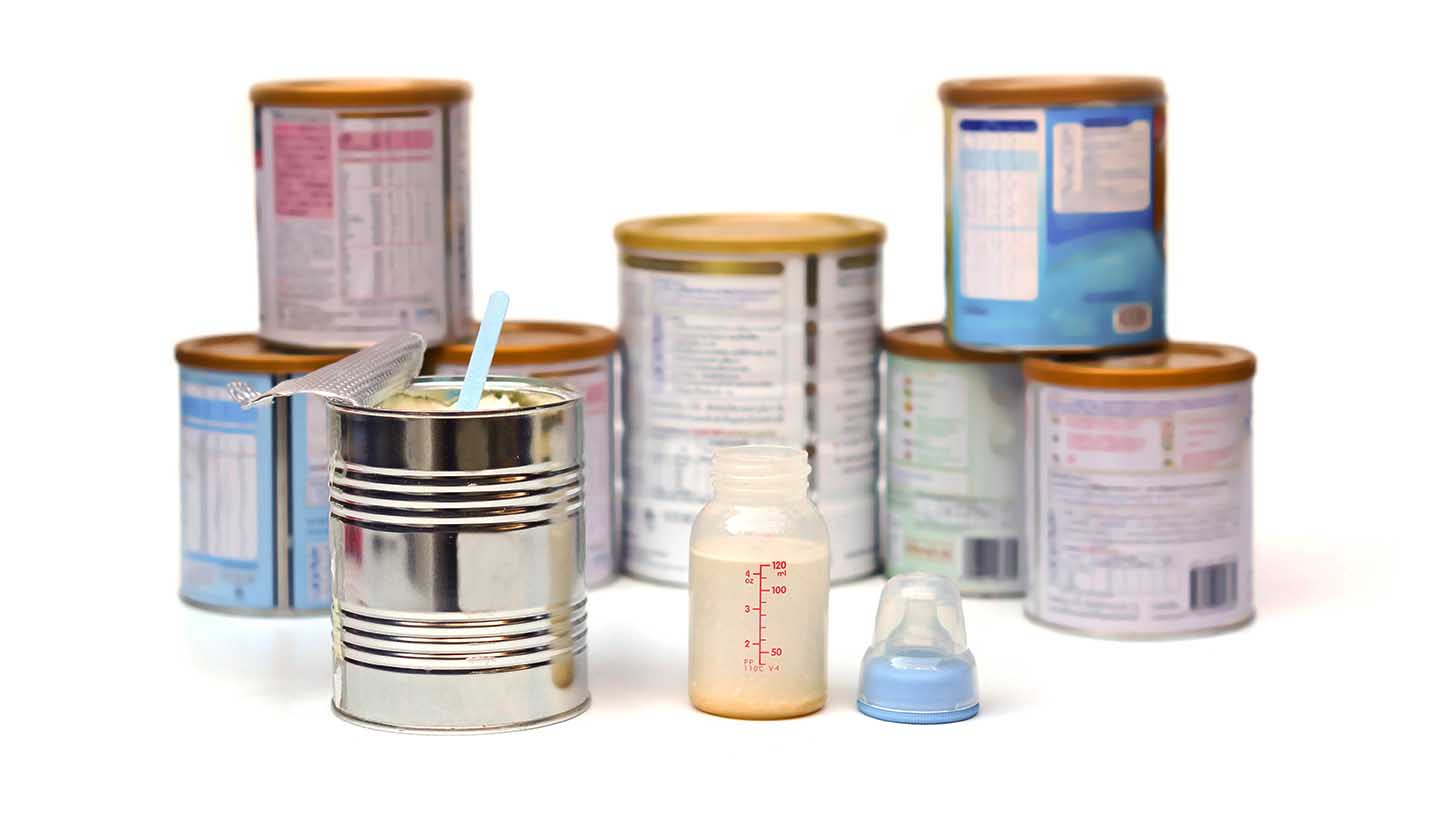
There is a range of formulas with particular indications to meet the needs of each baby:
-
Premature or low-birth-weight new-borns - they have a higher protein and mineral content to satisfy the specific nutritional needs of these babies;
-
Child constipation - these formulas facilitate bowel movements without changing their frequency and soften stools;
-
Anti-colic - they have a reduced lactose content, decreasing the risk of gas formation responsible for intestinal colic;
-
Intestinal discomfort - these formular have partially hydrolysed proteins and a low lactose content. They improve digestion and absorption in babies with digestive immaturity associated with symptoms such as gas, colic, and constipation;
-
Hypoallergenic - these formulas reduce the risk of allergic reactions to cows' milk protein. They are formulated with hydrolysed whey proteins to replace whole milk proteins;
-
Anti-reflux (stay down) - this formula contains a natural thickener (for example, starch or carob), which makes the milk thicker in order relieve the symptoms of reflux (spitting up);
-
Lactose malabsorption/intolerance - a lactose-free formula.
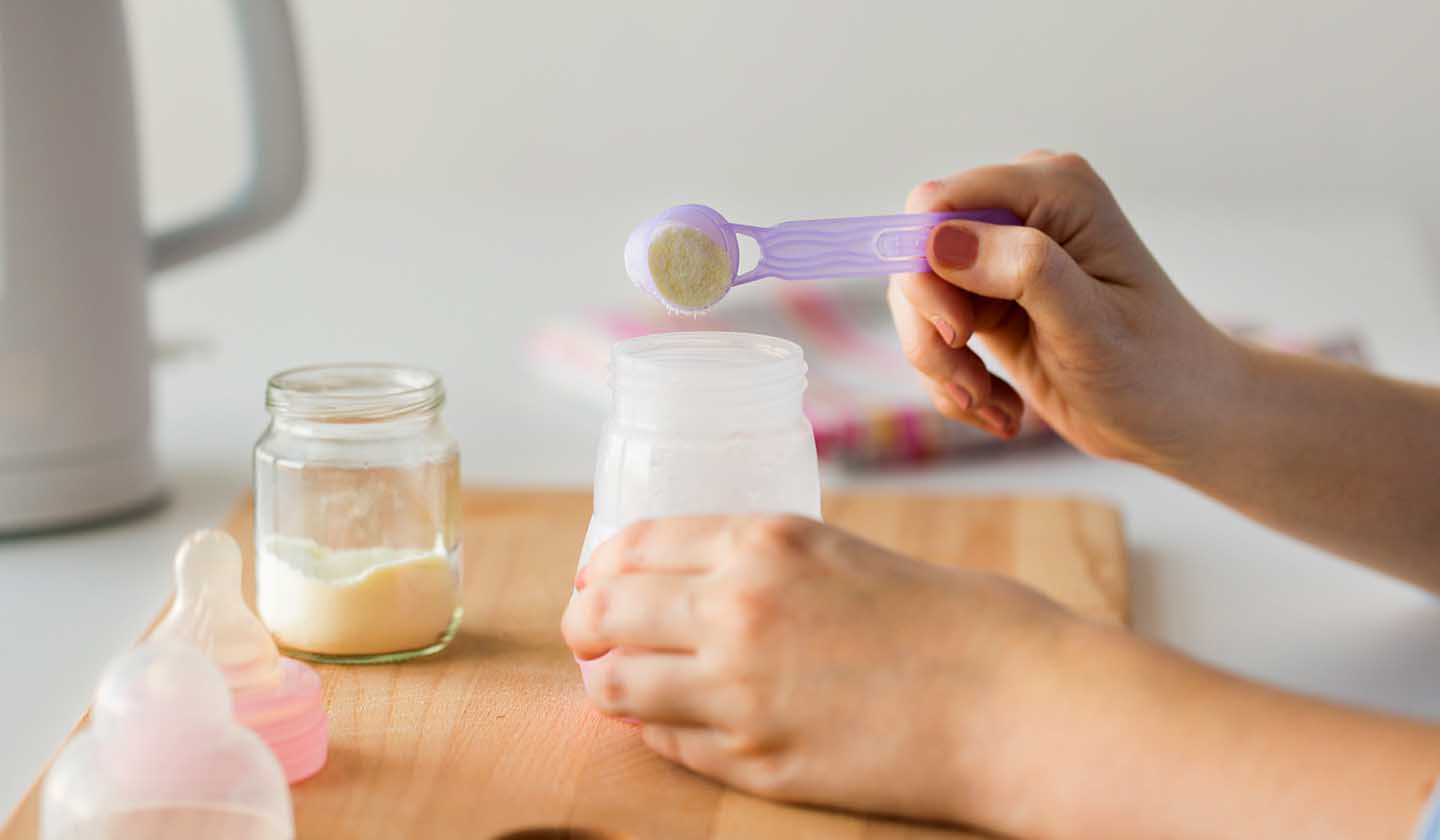
Preparation of formula milk - recommendations:
-
Sterilize all the utensils used, such as bottles, teats, spoons and measuring cups;
-
Hands should always be washed with soap and water before preparing the bottle;
-
Heat the water to 70 °C. When mixing, make sure the water must be at about 37 °C;
-
You should not use the microwave to heat the bottle because it does not heat in a uniform way, it can cause “hot spots” and can burn the baby's mouth;
-
It is always recommended to prepare the bottle immediately before consumption. When this is not possible, keep the bottle cooled in a refrigerator (below 5 °C);
-
Bottles prepared in advance should be removed from the refrigerator and heated. Reheating should not exceed 15 minutes and the bottle must be heated in “water bath” or in a bottle warmer;
-
Check the milk temperature before feeding the baby;
-
Do not store any leftovers.
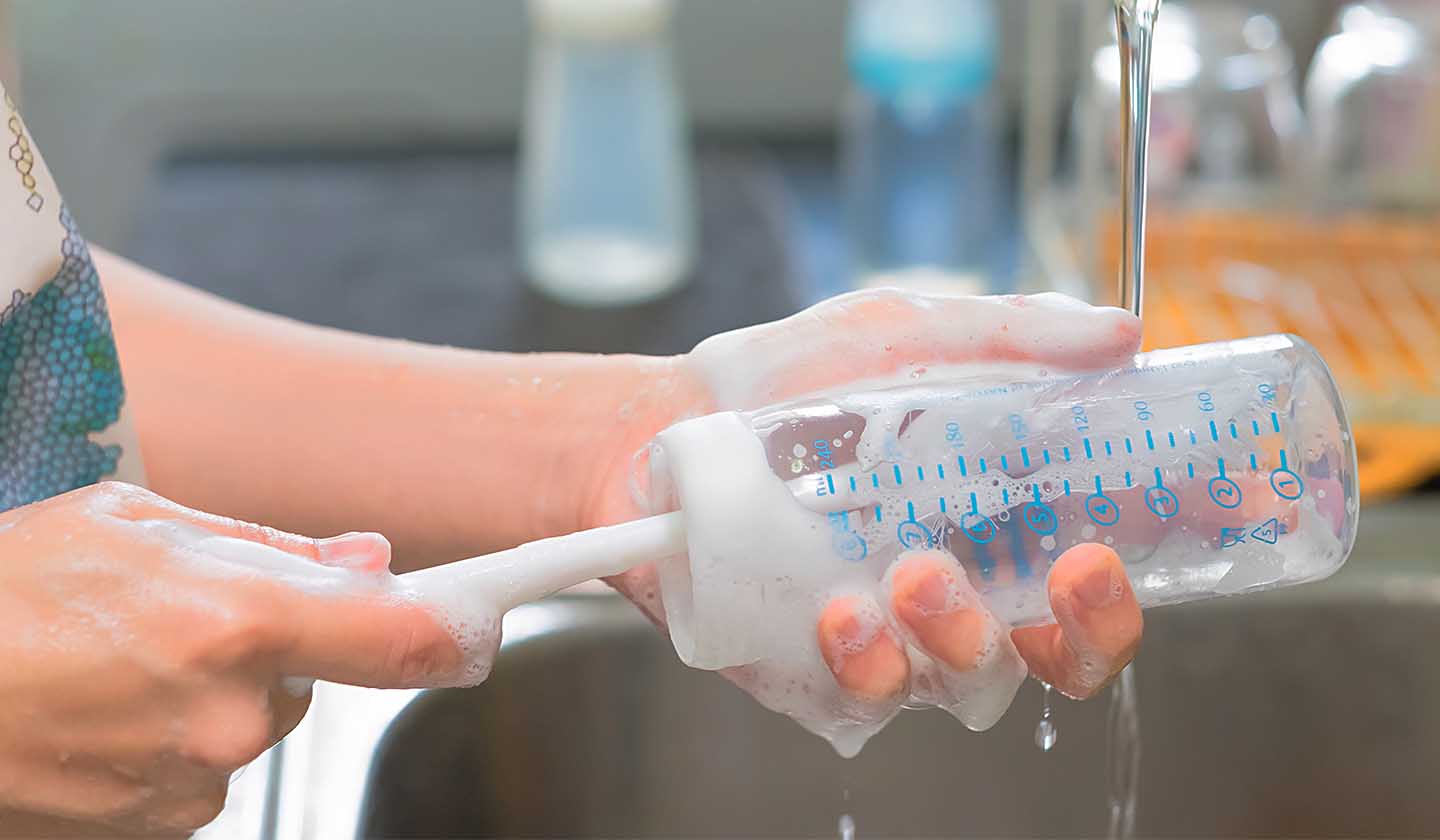
How to use formula milks safely:
When used correctly, formula milks are safe for the baby. However, to ensure the safe and correct use of the product:
-
Check the expiry date of the packaging to be used;
-
Before opening any packaging, you must disinfect the opening area with a compress soaked in 70% isopropyl alcohol. Let it dry and open the package;
-
The opening date must be recorded. The formula can be used within a maximum period of one month or according to the manufacturer's instructions;
-
The formula should be prepared in sterile containers and immediately poured into sterile bottles;
-
Baby bottles should always be washed with soap and a brush, and then sterilized.
Sources
iSaúde
Farmácia Distribuição Magazine
Também lhe poderá interessar
Postpartum
Breastfeeding - Make the most of this special moment
Post childbirth






